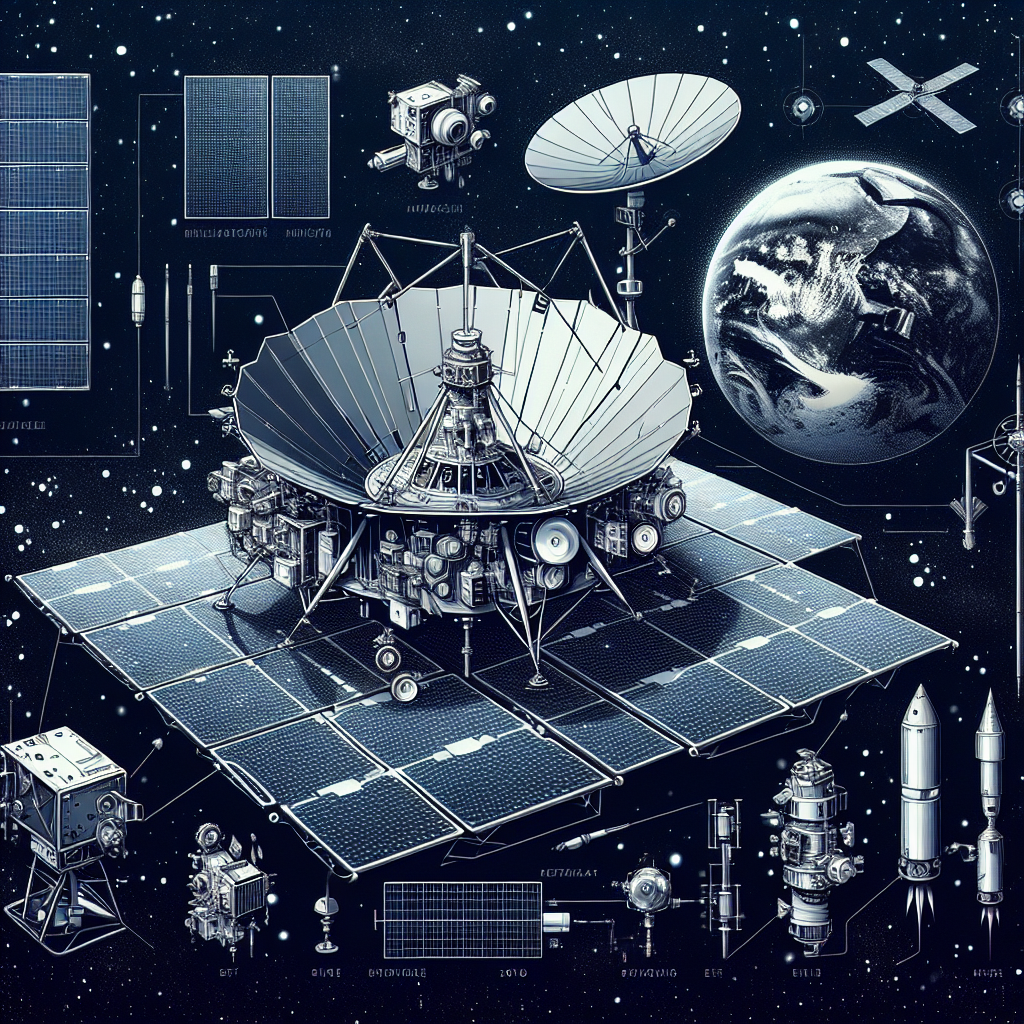NISAR Mission: Bridging Cultures to Advance Earth Observation
The NISAR mission, a joint effort by NASA and ISRO, enters its 90-day commissioning phase, involving satellite checks and adjustments for comprehensive Earth observation. This historic mission leverages dual-band radar technology and highlights cultural cooperation, aiming to advance scientific research and foster international collaborations.

- Country:
- India
The NISAR mission, a historic collaboration between NASA and ISRO, is now in its pivotal 90-day commissioning phase. Scientists are performing a series of checks, calibrations, and orbital adjustments to ready the satellite for extensive Earth observation.
Following its successful launch on July 30 via a GSLV-F16 rocket from Andhra Pradesh, the satellite requires an altitude increase from 737 km to 747 km, a process estimated to take 45-50 days. Program Manager Gerald W Bawden noted that the mission will soon begin data collection over all terrestrial surfaces, yielding a substantial amount of data for analysis.
The partnership underscores the synergy of combining technological expertise from NASA and ISRO, fostering both scientific advancements and cultural understanding. The dual-band radar is unique, allowing simultaneous data collection in two frequencies, enhancing research capabilities in agriculture and beyond.
(With inputs from agencies.)
- READ MORE ON:
- NISAR
- NASA
- ISRO
- Earth observation
- satellite
- radar
- collaboration
- technology
- space
- agriculture










